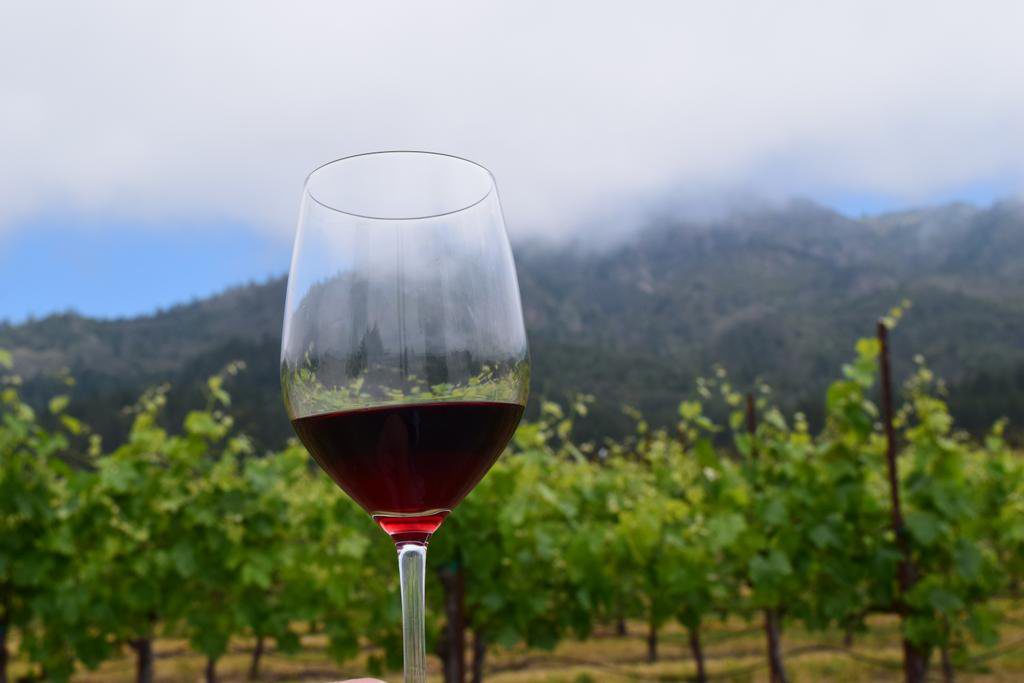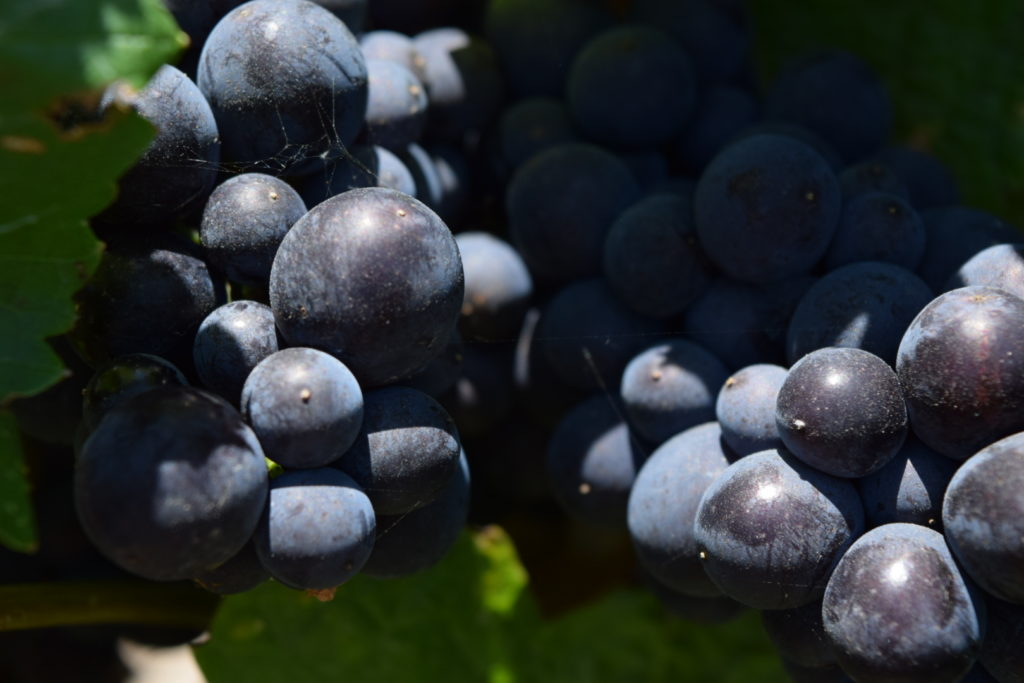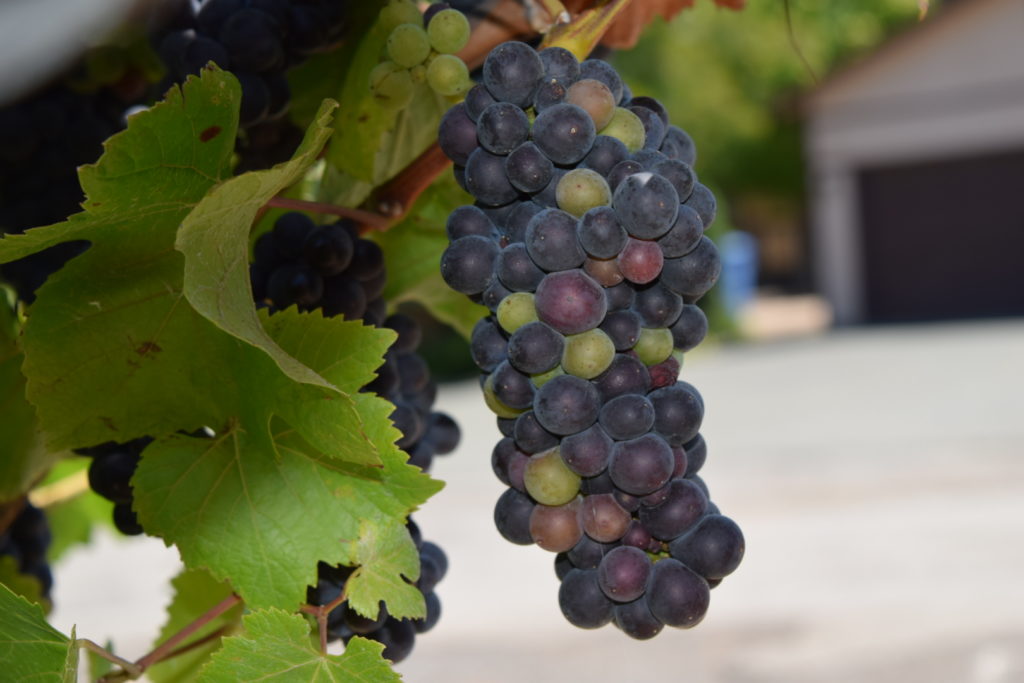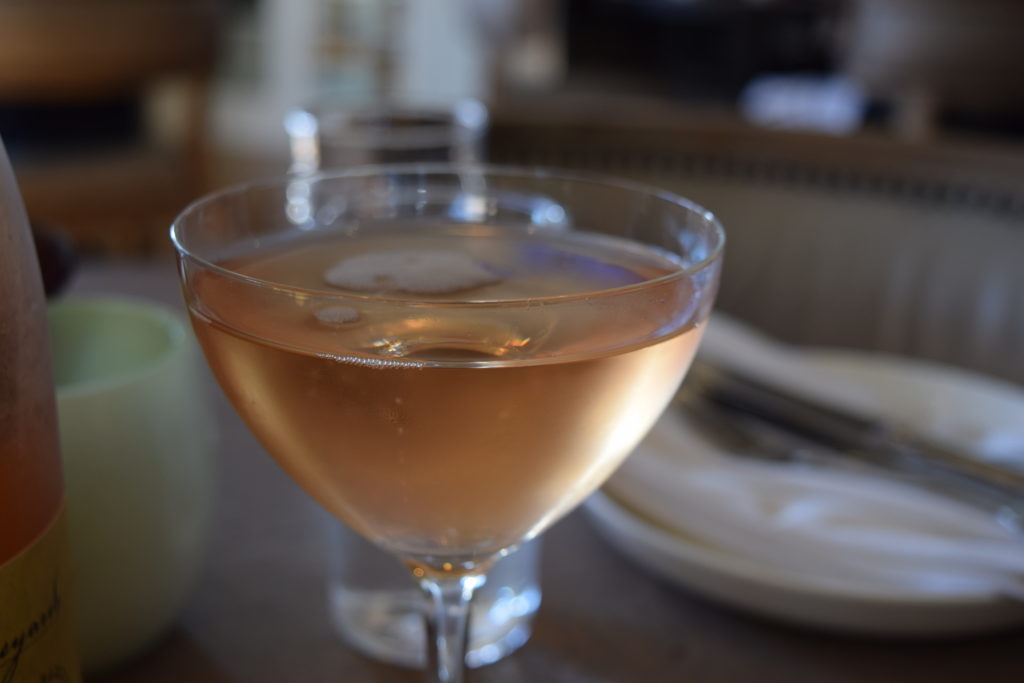Do you like Pinot Noir?
Me too.
Without a doubt, it would be my most favorite grape varietal. But only if I had to choose, haha. Although, I have great affection for a great many wine varietals, there is just something about this grape that without a doubt gets me every time.
It gets me with that wow factor in the glass. Whether it be a stellar cool climate glass of fruit forward Sonoma Coast Pinot or a lovely glass of Champagne with grapes from the finest of Pinot Noir vineyards in France, my answer is… Yes, please.

My top 15 facts about this wine grape are below although the #1 FACT remains obvious… it is delicious!
Pinot Noir…
Making everyday moments in life… more tolerable.
Grab a wine glass and check out the list below. Always let us know if you have any suggestions or fun facts to add to the bunch. We love the input. Comment box is below.
CHEERS…
15 TOP FACTS ABOUT PINOT NOIR
-
The vines have been around since before the Romans.
-
Pinot Noir is, by far, not the easiest grape to cultivate… providing many challenges to the grower.
-
The grape has gained itself an almost cult like following among a large group of hardcore winery enthusiasts across the globe.
-
Pinot Noir = from the French words for pine and black.
-
The French words pine and black were used to describe it’s thought due to … the pine alluding to the grape variety having tightly clustered, pine cone-shaped bunches of fruit and the black simply meaning that the grapes are dark in color.

-
The Pinot Noir varietal is in the rankings with the oldest grapes in the world… which also includes Muscat Blanc and a grape varietal that is almost unknown and nearly gone, the Gouais Blanc grape.
-
Pinot Noir is thought to be some 2,000 years old… compared to other well known grapes like Cabernet with a mere few hundred years under it’s belt.
-
Pinot Noir grows in conditions almost exactly like what a Chardonnay grape likes best and oftentimes you will find these grapes side by side and enjoying the same terroir in the same vineyard happily.
-
Most farmers will also tell you that this grape is highly influenced by the terroir itself, more so than other varietals… it requires weather slightly cooler than other varietals to really flourish.
-
Pinot Noir hails from the Burgundy region and is the primary red wine sipped by locals… specifically, from the Côte-d’Or.
-
The grape is a Grandpa… Congrats!!… It may even be a great grandparent to many grapes, including ones like Syrah.

-
The varietal has lower sugars which mean lower alcohol and greater acidity for making wines like Rosé.
-
There are 700 ways to classify Burgundy wine… and counting.
-
Pinot Noir grapes have a thin skin.
-
Thin skins on a grape mean that they are much more sensitive to light, and soil types, and pruning techniques need to be well managed to ripen properly during harvest time.
-
The grape is also more vulnerable to diseases because of the thin skin… again pointing to more difficulty to grow this varietal and presenting unique challenges in the vineyard.
-
Pinot noir is also used in the production of Champagne
-
Pinot noir can be particularly prone to mutation and there are many different clones available, all with their own specific needs and flavor notes.

-
During the Middle Ages, only nobility and church in northeast France were allowed to grow some form of Pinot in the favored plots. Lower class would grow what were thought of as inferior varietals.
-
In South Africa, pinot noir vines were crossed with Cinsault grapes and thus created a new variety called Pinotage in 1925.
Now get out there you crazy kids and find a good bottle of Pinot Noir to enjoy!!
Chin Chin…
